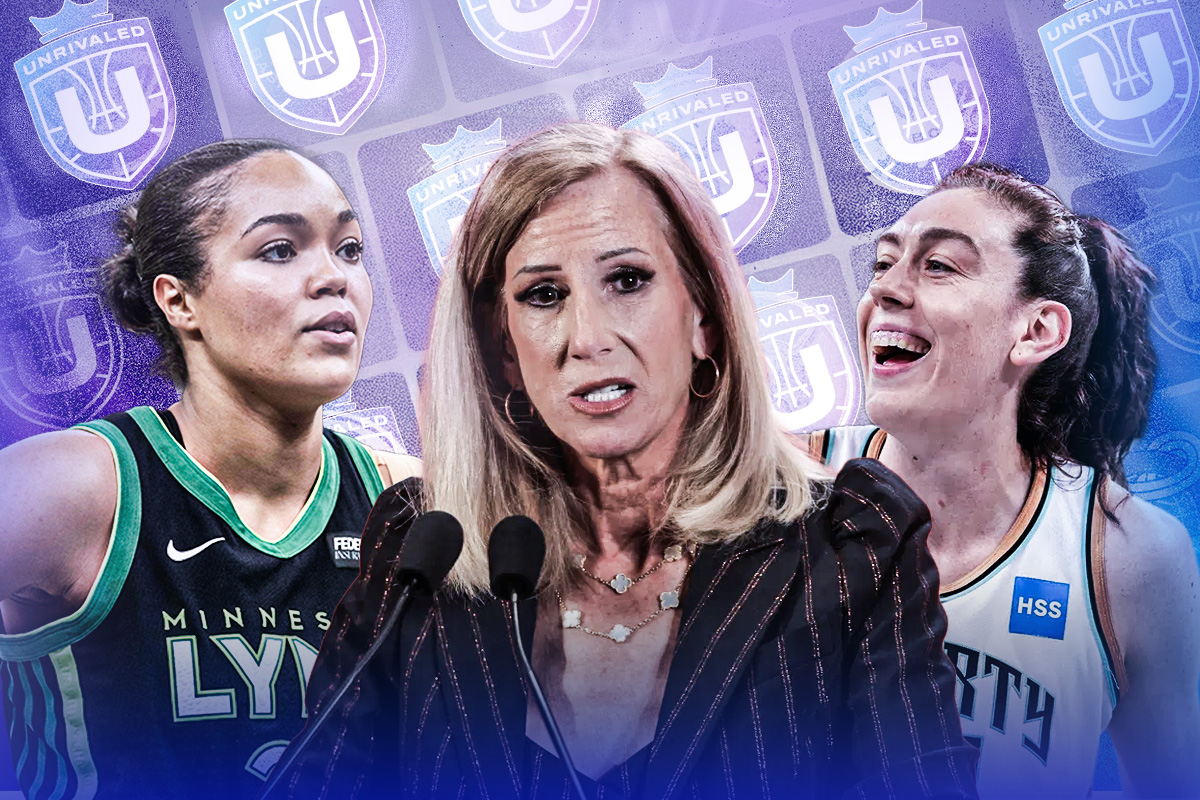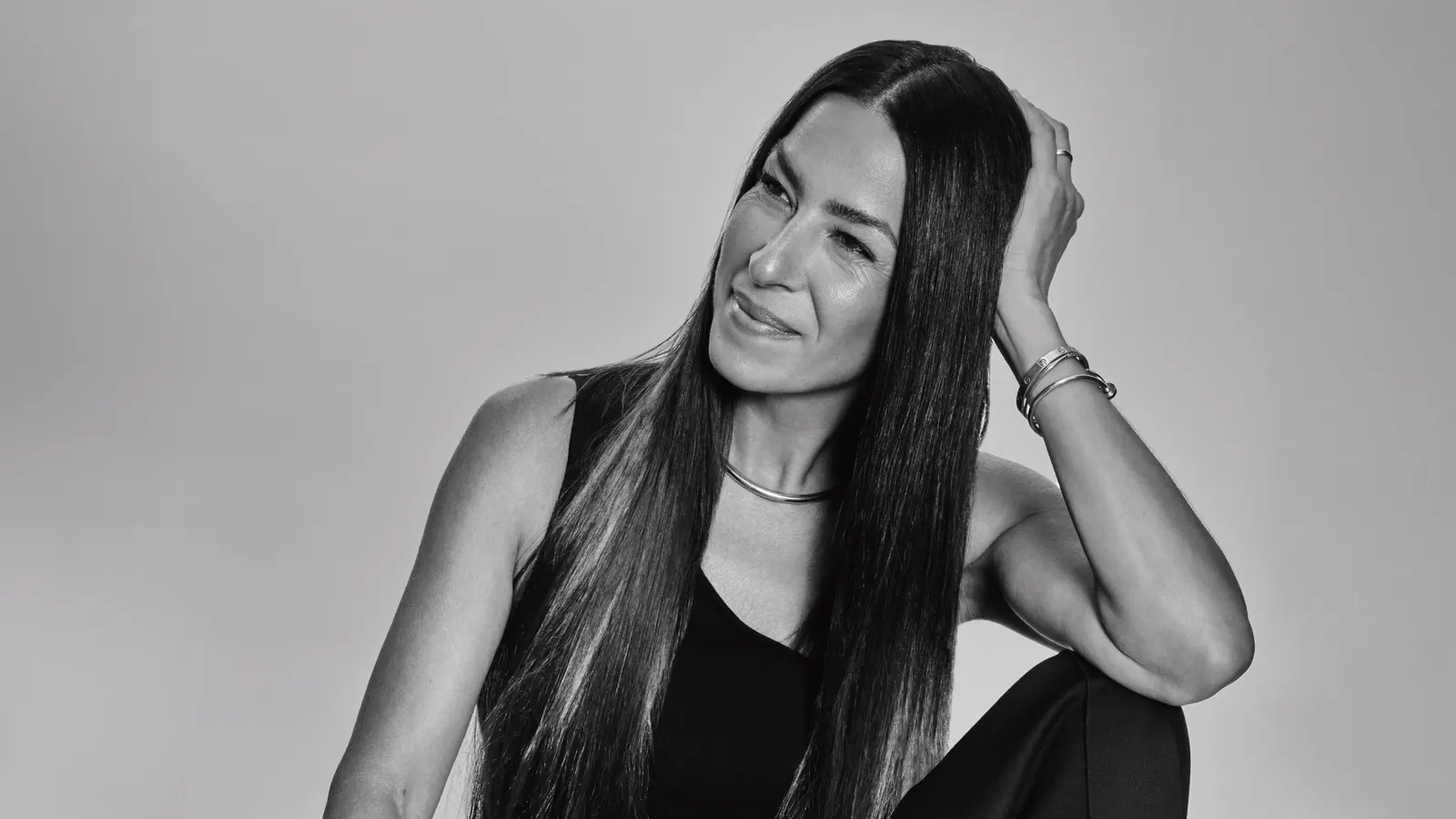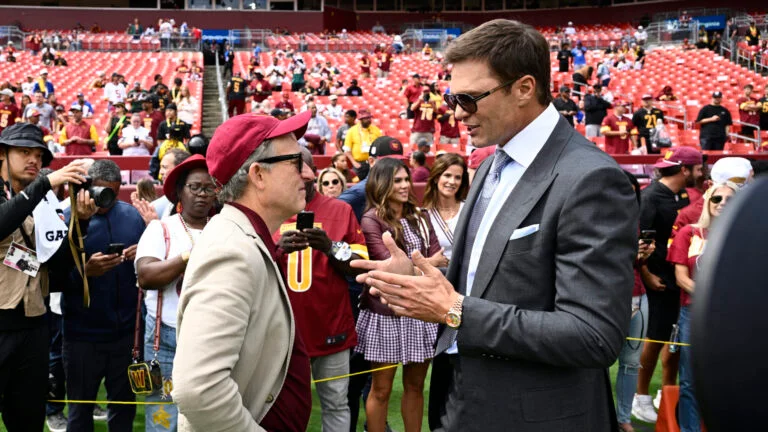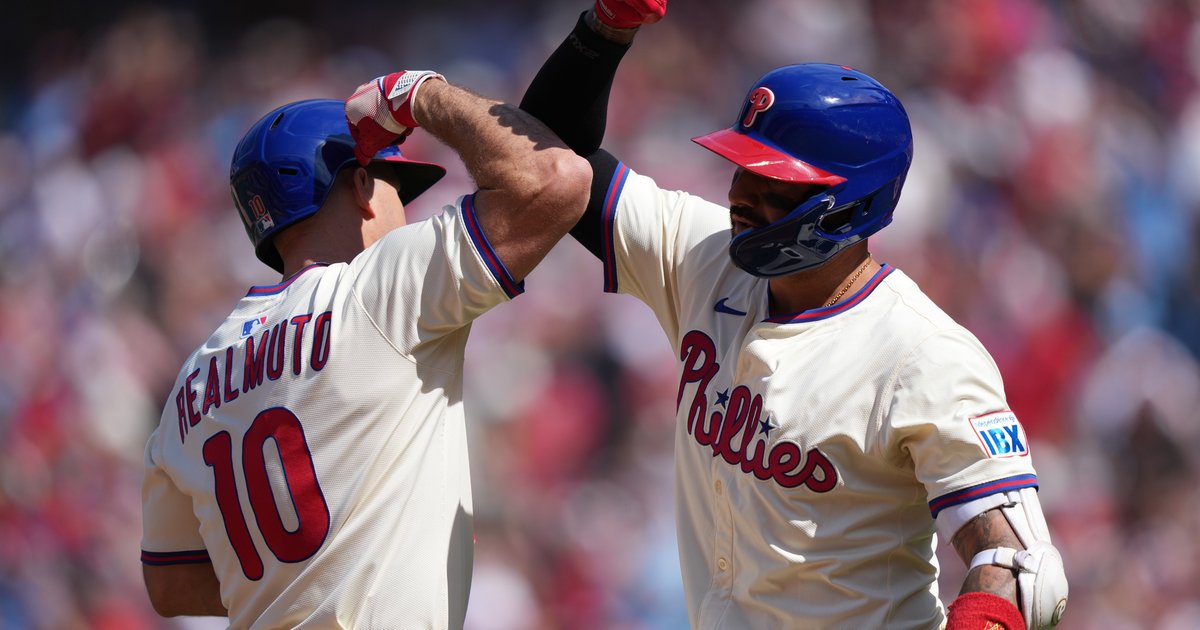WNBA Faces Its Toughest Rival Yet: Inside Unrivaled’s $340M Rise and What It Means for the League’s Future

When the WNBA first tipped off in 1997, it carried the weight of a historic moment. Finally, women had a professional basketball league, backed by the NBA. But beneath all the excitement was a harsh reality: money.
The average player salary was just $28,000. Even the top-tier stars couldn’t crack $50,000! By the turn of the millennium, frustration had already started to pile on. Imagine being one of the best players in the hoops world and realizing you could make triple the money overseas. That’s exactly what many WNBA stars then did. They packed their bags for Europe, chasing financial stability that the league back home simply couldn’t/wouldn’t provide.
It became part of the routine — dominate in the WNBA, then pack up for Europe or Asia to chase the real money. At the same time, players kept pushing for better CBAs, fighting for more than just survival pay. Fast forward to 2020. A new CBA was finalized. Tucked inside it was a game-changing clause.
Prioritization policy.
It required players with at least three years of experience to report to training camp on time or risk suspension for the entire season…
At first, no one complained. After all, the 2020 CBA brought what felt like a breakthrough. The WNBA’s salary cap jumped by a massive 30% – a leap that even outpaced the NBA, where the cap had been crawling at 7% or less. Players finally had better pay, upgraded travel, and a sense that progress was being made.
But progress has a funny way of catching up with reality. Over time, that raise didn’t stretch as far as it once did. Inflation kept climbing. Overseas leagues -once a reliable second paycheck – were cut short by the prioritization policy. And suddenly, they were back to the starting line.
To tackle this issue, Napheesa Collier and Breanna Stewart pulled off what no one saw coming…
They built a brand-new league that now stands as the WNBA’s biggest rival. Unrivaled.
Everything You Need to Know About Unrivaled
“It was built by basketball people for basketball players.” That’s how Luke Cooper, Unrivaled’s president of basketball operations, described the new league. For years, players who didn’t want to chase a shortened overseas season during the WNBA offseason had limited options. Athletes Unlimited has been around since 2022, giving hoopers like NaLyssa Smith, Sydney Colson, and Maddy Siegrist a domestic platform to compete. But Collier and Stewart had greater plans.
After receiving $35 million in funding with names like Giannis Antetokounmpo, Michael Phelps, Coco Gauff, Dawn Staley, and JuJu Watkins backing the project, the biggest selling point for the league was salaries.
In 2025, the WNBA’s minimum salary stood at $66,079 for players with two or fewer years of service, and $78,831 for those with three or more. The regular max reached $214,466, while the “supermax” players touched around $250,000.
On the other hand, with a total salary pool of $8 million, Unrivaled set a new benchmark. It offered the highest pay scale in professional women’s sports, offering an average salary of about $222,222. In addition to their salary, the founding members were all going to get equity in the league.
Unrivaled set out to bring the biggest names in the game, and they’ve done just that. The 36 players last season include seven number 1 draft picks — Aliyah Boston, Rhyne Howard, Sabrina Ionescu, Jackie Young, Breanna Stewart, Jewell Loyd, and Brittney Griner, along with an MVP (Stewart) and 17 Olympians.
And the first season was quite successful…
The Rise of Unrivaled: A New Challenge for the WNBA?
“I think we’ve built an incredible foundation based on what viewership is. Now it’s our job to figure out how we grow that a bit,” said Alex Bazzell, President of Unrivaled. He knew the league wasn’t going to match the record-breaking numbers from the 2024 WNBA season, but by no means was this a bad start.
The league averaged 221,000 viewers across the regular season and playoffs on games simulcast on TNT and truTV
Its most-watched games came on Feb. 14, when Napheesa Collier went up against Aaliyah Edwards in the one-on-one final, drawing 377,000 viewers. The championship game between Rose and Vinyl BC wasn’t far behind, averaging 364,000 viewers and peaking at 385,000.
Fan interest stayed strong all season. The league’s main social media accounts have grown to almost 400,000 followers, while the 36 Unrivaled players have collectively picked up nearly 1 million new followers since the season began in January 2025.
The league reached more than 11.9 million viewers across TNT and truTV and delivered the 10 most-watched women’s basketball games ever on TNT Sports’ networks.
As the league gears up for a new season, fresh faces like Paige Bueckers are joining in. At the same time, Unrivaled’s value has skyrocketed. After a new Series B investment round, the league’s valuation jumped to $340 million — almost a 10x increase from May 2024, when it first received funding!
Naturally, expansion was on the cards.
Unrivaled announced it will be expanding for its second season. When play tips off in January 2026, the league will debut two new teams: Hive Basketball Club and Breeze Basketball Club. Each will have six players. In addition, Unrivaled will introduce a six-player development pool. These players will not start on a specific team but will be on-site throughout the season and ready to step in as injury replacements.
But expansion wasn’t supposed to happen until the third season. The plan was to stick with six teams, as Bazzell himself admitted.
“But we’re just so far ahead of schedule that there’s no reason for us to sit there and wait,” he said. “We want to be a home for as many great players as possible without diluting the product.”
Unrivaled will also increase the number of nights its games are broadcasted. Last season, games mostly aired on Fridays, Saturdays, and Mondays. While the league is still finalizing the schedule, the extra game night will help eliminate back-to-back matchups, giving players rest and fans more chances to tune in. But that’s not all!
The league also reportedly plans to take games off-site, with a tour stop location set to be announced within the next month. Last season, the entire tournament was hosted at the custom-built Wayfair Arena in Medley, Florida, a suburb of Miami.
Looking closely, Unrivaled addresses many of the challenges that the WNBA still struggles with, which helps explain the ongoing intensive negotiations between the league and the WNBPA.
The league is offering higher pay than the W
Helping the players build their brand in a much efficient way
Providing state-of-the-art training facilities
The league is expanding its schedule to help reduce player injuries and limit back-to-back games, giving athletes more rest and recovery time.
Unrivaled checks almost every box that WNBA players have been pushing for. Players can earn more in just two months in Unrivaled than they do in nearly half a year. With these advantages, it’s easy to see why some might consider leaving the W. The rise of this 3×3 league is starting to feel like a real challenge for the WNBA’s dominance.
EssentiallySports’ verdict
Both Satou Sabally and Gabby Williams have revealed recently that the WNBA doesn’t want them to play in Unrivaled. Is it because the league is scared of the success Unrivaled has had in just one year? Maybe. But what we do know for sure is that the WNBA doesn’t want its top stars risking injury playing year-round, especially with more games on the horizon. With expansion aiming for 18 teams by 2030, the league needs its players healthy and available. From that perspective, the stance makes sense.
But one thing that’s really important to understand is that Unrivaled doesn’t see the WNBA as a rival at all!
“Yeah, there’s… especially from our perspective, this is very loud. There’s no rivalry between ( Unrivaled and the WNBA). We support one another. I think both of us lift each other up,” said cofounder Napheesa Collier when asked about talk of a rivalry between the two leagues.
From day one, the founders have been clear about their vision. They want women in the W to have more revenue streams, to grow their brands in the offseason, and to finally earn what they deserve. As Collier once said, “The W’s success is our success.” And that’s exactly what Unrivaled stands for.
Collier and Stewart are also vice presidents of the WNBPA. That means even while running Unrivaled, they’re still at the table fighting for higher pay for women in the W. If their goal was to tear the WNBA down, why keep pushing for those changes?
The truth is, they see both leagues as part of the same bigger fight.
But here’s where it gets interesting… With Unrivaled’s success growing season by season, the WNBA won’t be able to ignore it forever. At some point, it’ll have to adjust, to evolve, to match the current times. And if both leagues can keep pushing forward side by side, the growth of women’s basketball is imminent. Don’t you think?



